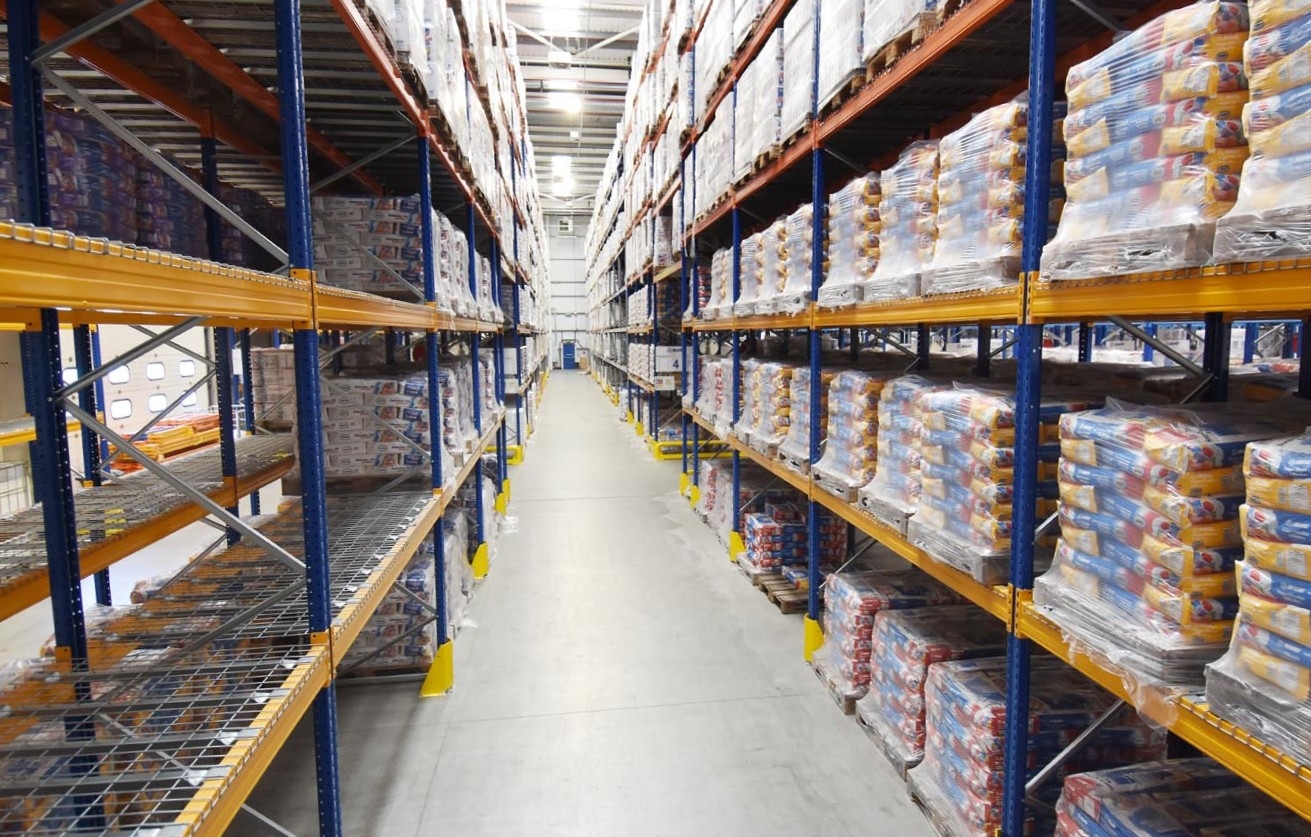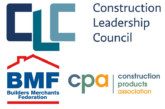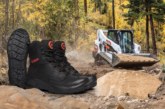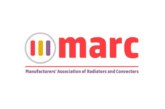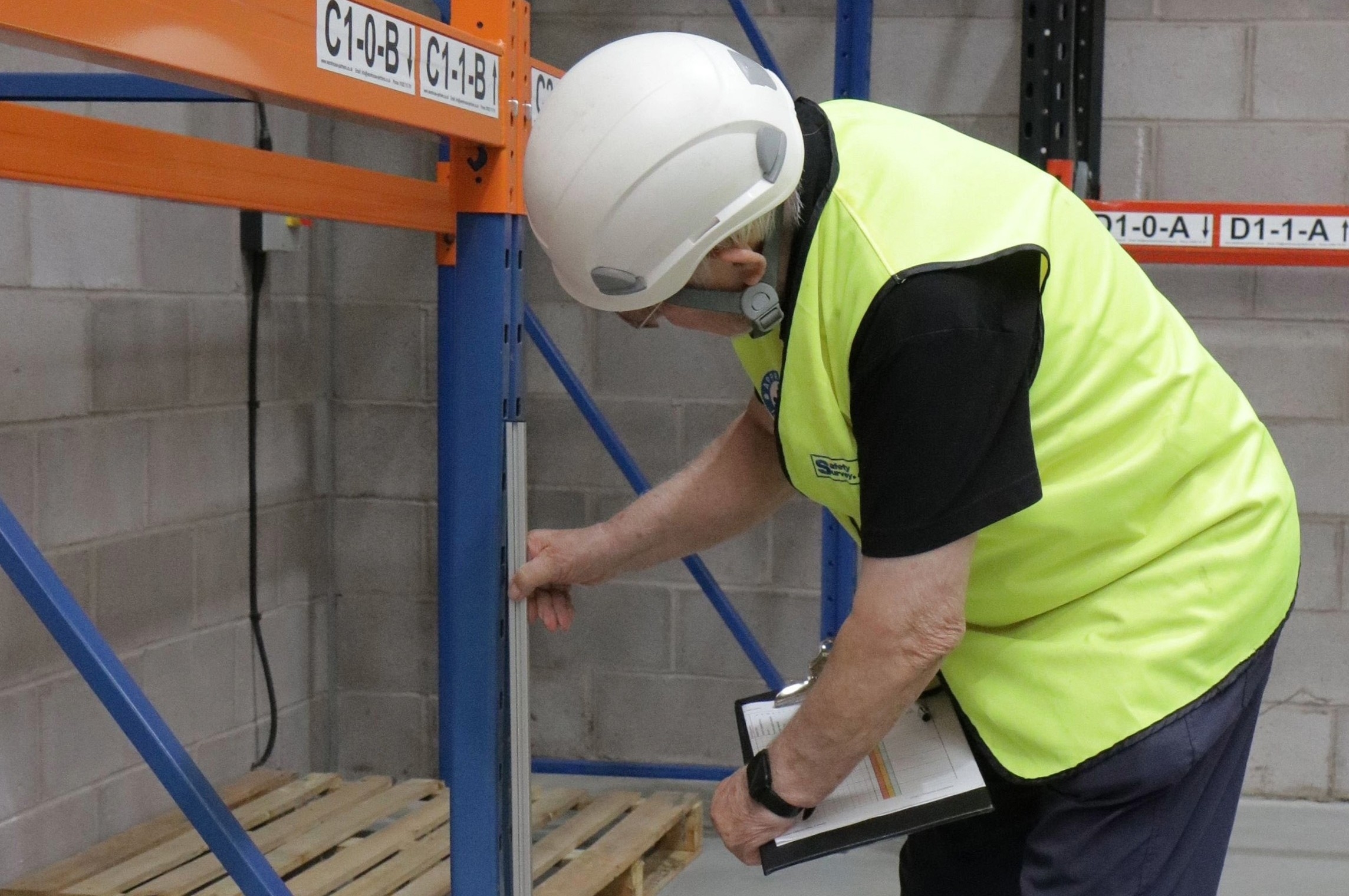
Nick Betteley, President of the Storage Equipment Manufacturers’ Association, emphasises the need for ongoing checks to ensure the safety of staff and customers.
Builders’ merchants need storage equipment to help their business. It could be a shop full of shelving, cantilever racking in the yard storing carcassing timber and concrete lintels or warehouse racking storing bagged cement, plasterboard and insulation products.
Get the right design, supply and installation in your storage equipment and it can help operations run smoothly. Goods will be in a clear, visible and accessible format for both staff and customers while locating items will be more efficient. Above all, it will keep customers and employees safe.
But here’s the thing… Once the racking’s installed, maximising your investment and delivering on safety relies heavily on training.
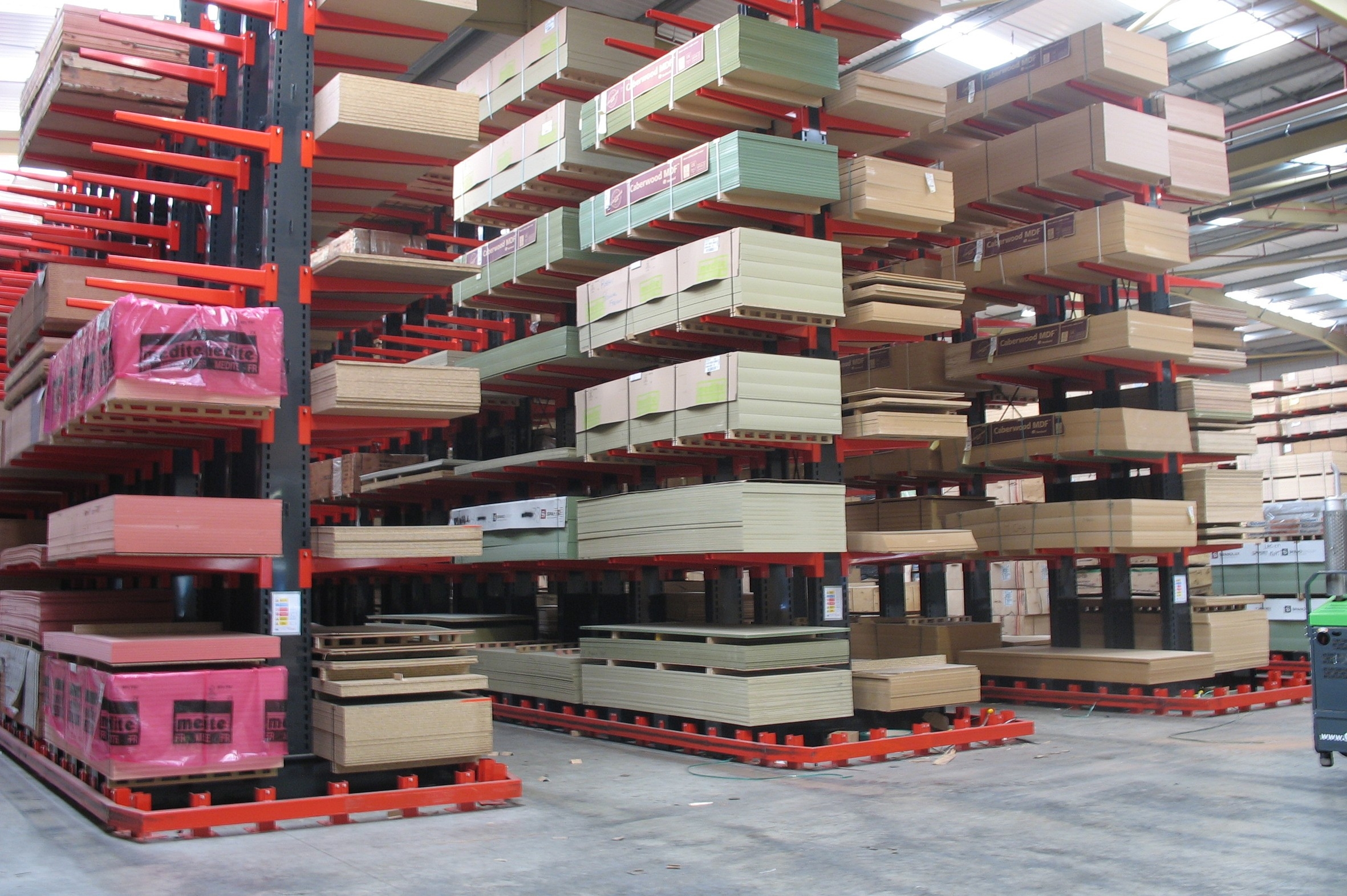
Keep employees and customers safe
You can only expect employees to work correctly and safely if they’ve been trained in their job. The same goes for your storage equipment. It’s an important factor when you realise that your racking could be holding tonnes of stock in areas where employees and customers are walking about.
While the design of your structure goes a long way towards securely holding that stock, you need to ensure anyone working in areas with racking understands their requirements. This includes how to load the structure, manual handling best practices and, mostly importantly, adoption of correct inspection processes.
“Meeting racking safety is only possible if employees are trained on correct working practices.”
Meet your legal requirements
Regular racking inspections are a requirement under PUWER and HSG76. This requires a three-tiered approach, with your employees playing a significant role in the process. Every day, anyone working in areas with racking needs to report if they find any damage.
For the Visual Inspection, appoint a team member as the Person Responsible for Racking Safety (PRRS). They will be responsible for identifying damage, correct loading practices and keeping a formal report of their findings with required actions. Finally, appoint a qualified professional to undertake the Expert Inspection.
In a busy yard, racking will inevitably become damaged at some point. This could be through incorrect handling procedures or being hit by handling equipment. Yet, the structure is also at risk of damage through incorrect or overloading of the structure.
It’s for this reason that your racking supplier will supply you with Load Notices that should be fixed clearly at the end of racking runs. These explain maximum weight and correct loading practices. Any unnecessary racking repairs and damaged stock can very quickly become a big expense.
Racking training for employees
Meeting racking safety is only possible if employees are trained on correct working practices. Training, like our Rack Safety Awareness course, explains how to read the Load Notice sign, recognise damage, working with warehouse equipment, potential hazards and correct manual handling processes.
Training also covers how to perform in-house racking inspections and preparing a member of your team for the role of PRRS. It explains how to conduct risk assessments, how to comply with the law, what details to record in your in-house inspection and how to action repairs.
Find out more about SEMA training courses and keeping your business safe by emailing enquiry@sema.org.uk or visit www.sema.org.uk
